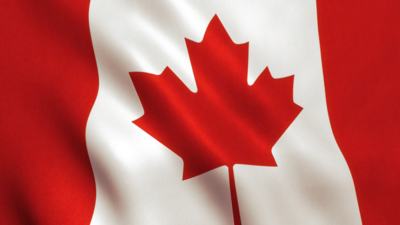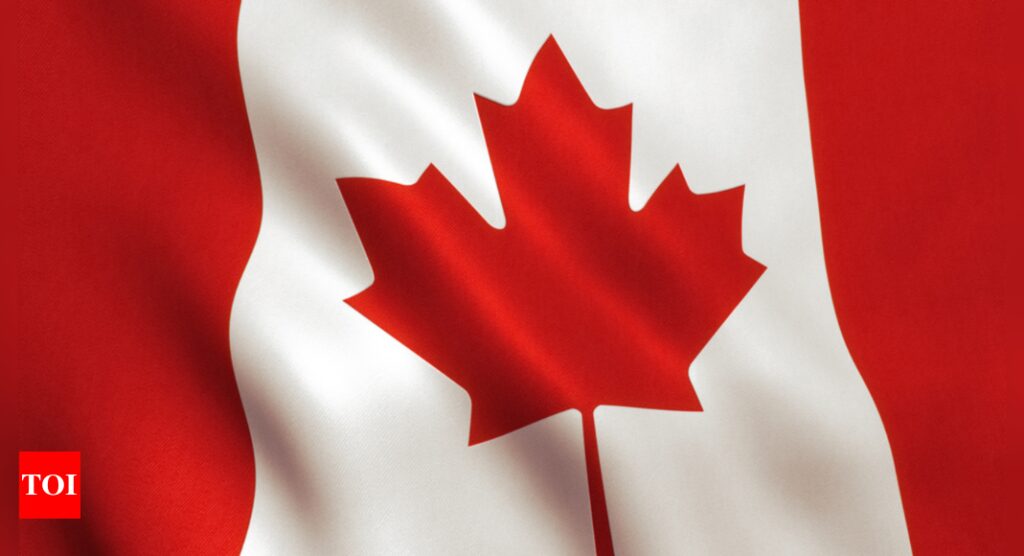
Canada is set to get a new prime minister as the ruling Liberal Party selects a leader to replace Justin Trudeau, who announced his resignation in January.
The winner of the leadership race is set to be decided on Sunday. They will take over as the country’s head of government and could soon face a general election, reports Reuters news agency.
Why is a new leader needed?
Unlike in countries like Britain and Australia, where prime ministers can be swiftly replaced by party lawmakers, Canada’s political system requires party leaders to be chosen through a special leadership contest. Trudeau’s decision to step down automatically triggered the race, with the Liberal Party now tasked with picking a successor.
Who are the contenders?
Former Bank of Canada governor Mark Carney is the clear frontrunner, with polls suggesting he holds a strong lead over former finance minister Chrystia Freeland. Freeland’s resignation last December contributed to the political turmoil that led to Trudeau’s exit. Another candidate, former cabinet minister Karina Gould, is also in the race but is considered a long shot.
How will the vote work?
The leadership contest follows a ranked ballot system, where registered party members vote for their preferred candidates in order of preference. Canada is divided into 343 parliamentary constituencies, each of which is allocated 100 points. These points are distributed proportionally based on the number of votes each candidate receives.
If no candidate secures more than 50 per cent of the total points in the first round, the contender with the fewest points is eliminated. The votes for that candidate are then redistributed based on the second-choice preferences of their supporters. This process continues until one candidate surpasses the 50 per cent threshold.
Who can vote?
Any Canadian citizen or permanent resident who has registered as a Liberal Party member is eligible to vote. There is no fee to join the party. The Liberals have confirmed that around 400,000 people signed up to take part in the leadership election.
What happens next?
Canada’s next federal election is currently scheduled for October 20 under the country’s fixed election law. However, the new prime minister could call an early election at any time. Additionally, a no-confidence vote in Parliament is expected in late March. If opposition parties unite against the Liberals, the government could be forced into an early election.
While the opposition Conservatives, led by Pierre Poilievre, held a strong lead over the Liberals for much of the past year, their advantage has narrowed since Trudeau’s resignation and recent economic concerns. The new prime minister will have little time to settle in before facing a critical political test.














